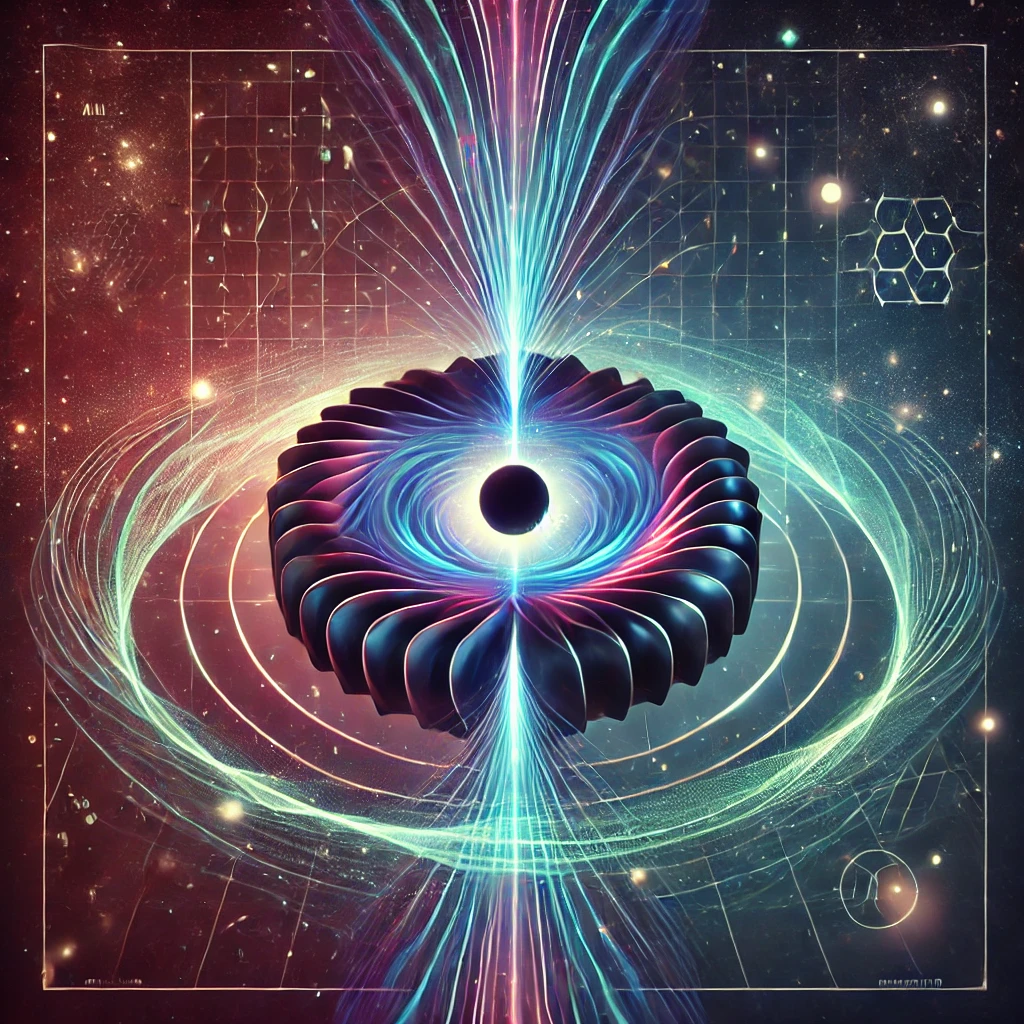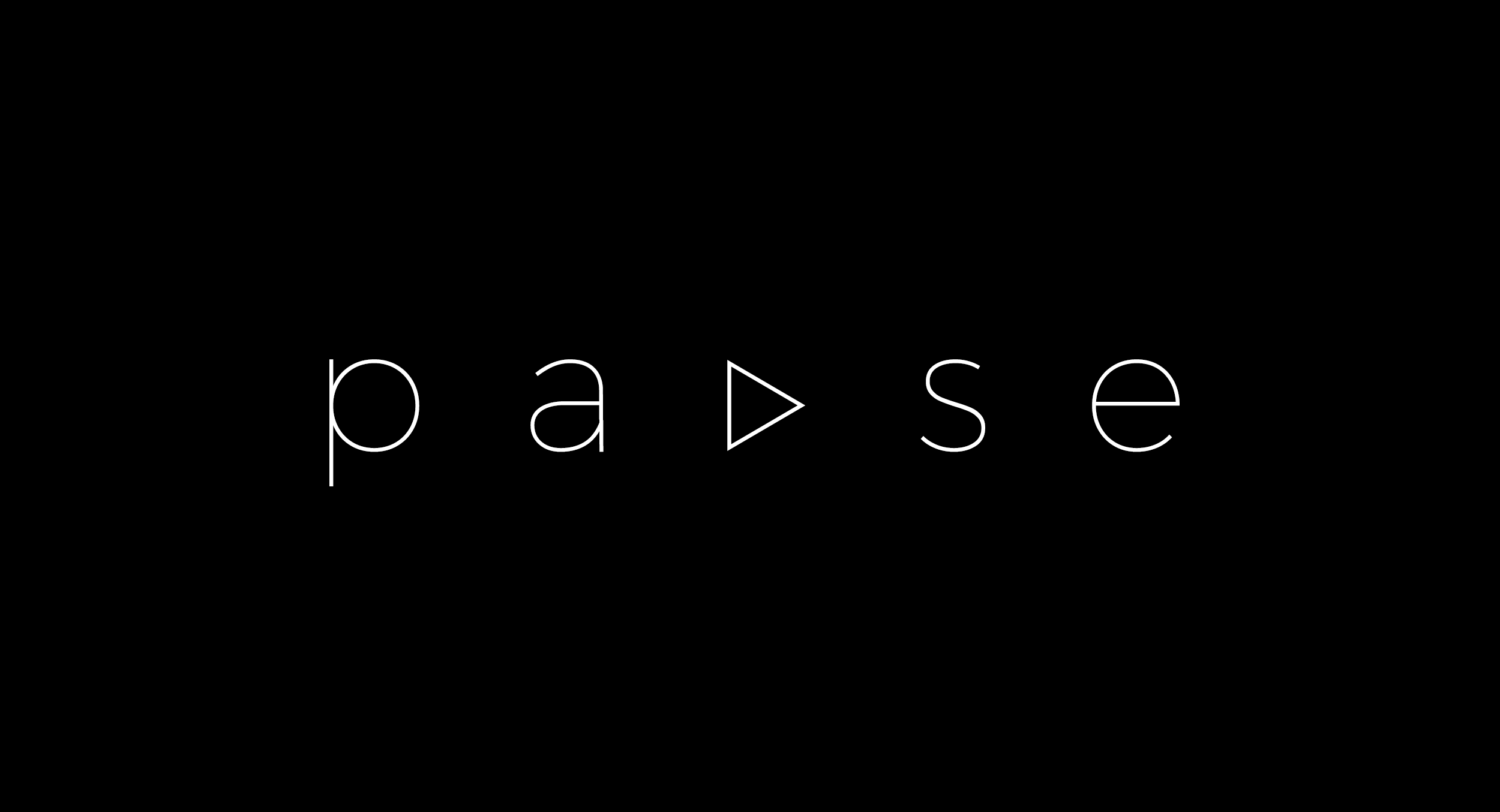Blog
- A Harmonic Framework for Universal Structure
Magnetivity as Quantum Magnetism
A Harmonic Framework for Universal Structure
Abstract: This article proposes a novel framework that unifies gravity, quantum mechanics, and electromagnetism through the concept of Magnetivity as quantum magnetism. It argues that all universal structures emerge from a dynamic interplay of magnetic fields, quantum particles, and harmonic vibrations. The framework reconceptualizes spacetime and matter as emergent phenomena shaped by the resonant geometry of magnetic and vibrational fields, offering a coherent synthesis of particle physics, cosmology, and field theory.
Introduction: Contemporary physics has long sought to unify the fundamental forces of nature. Gravity is described by the smooth geometry of spacetime in general relativity, while quantum mechanics governs the probabilistic behavior of particles through wavefunctions and field interactions. However, a truly unified model remains elusive. The Magnetivity hypothesis offers a radical reframing: that magnetism, particularly in its quantum form, is not a secondary interaction but a foundational fabric of reality.
Core Hypothesis: Magnetivity posits that magnetic fields, quantum spin dynamics, and vibrational harmonics are primary ingredients in the emergence of matter, energy, and structure in the universe. All particles, electrons, photons, neutrons, exhibit intrinsic magnetic moments. These magnetic properties, in combination with field vibrations, create interference patterns that serve as the scaffolding for atoms, molecules, and even galactic structures.
Quantum Magnetism and Harmonic Resonance: In this view, quantum magnetism is not merely a phenomenon within condensed matter systems, but a universal principle. Particles are treated as harmonic oscillators, vibrating within and shaping the magnetic field of space-time. Much like standing waves on a string, these vibrations resonate at discrete frequencies, which correspond to the mass, charge, and spin of fundamental particles. Magnetic fields provide the ordering principle, while harmonics provide the mechanism of differentiation and emergence.
Harmonic Fields as the Shaping Force: Drawing analogies from acoustic and optical interference, the universe may be understood as a giant harmonic chamber, where structure emerges from vibrational standing waves. Galaxies, nebulae, and even voids could be the result of large-scale Chladni-like resonance patterns. Magnetivity, when coupled with vibrational dynamics, becomes the language of form, defining not just motion but morphology across scales.
Reconceptualizing Spacetime: Rather than treating spacetime as a passive stage upon which forces act, this framework treats it as an active medium, shaped by the oscillatory interplay of magnetic and vibrational fields. Gravity itself may emerge not from curvature in isolation, but from the phase coherence of quantum magnetic vibrations. This would position Magnetivity as a bridge between Einstein’s geometry and the quantum field theoretic vacuum.
Implications for Unified Physics: If correct, this model offers a roadmap toward unification. It ties:
General relativity (through the modification of curvature via magnetic harmonics)
Quantum mechanics (through resonant eigenstates of vibrating fields)
Electromagnetism (as the fundamental shaping force via magnetic field lines) into a cohesive theory where matter, motion, and morphology are vibrationally entangled.
Future Directions: Mathematically, this demands a new formulation of field equations, possibly a harmonic-coupled Lagrangian that integrates Maxwell’s equations, general relativity, and quantum harmonic oscillators. Computationally, simulations must incorporate vibrational and magnetic feedback loops. Observationally, it suggests we should look for resonance patterns in galaxy morphologies, polarization alignments, and cosmic background structures.
Conclusion: Magnetivity as quantum magnetism proposes a unified field framework where vibration, magnetism, and quantum coherence converge to create the universe we observe. This paradigm encourages a new scientific language rooted in harmonic relationships and magnetic geometry, a resonant cosmology that rethinks the origins and organization of everything from electrons to the cosmos itself.




No Comments
Signup or login to leave a comment